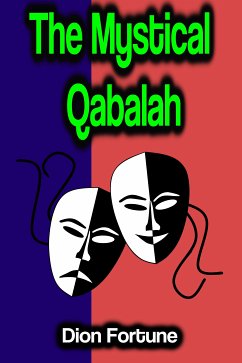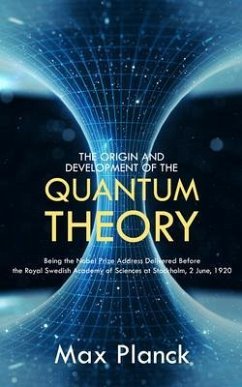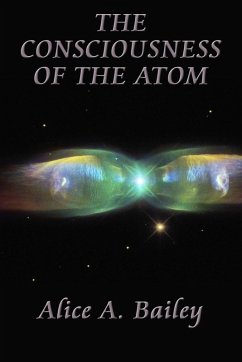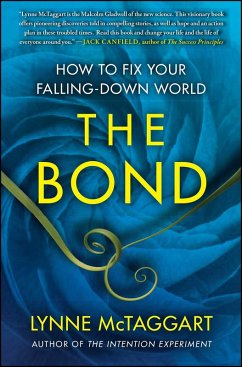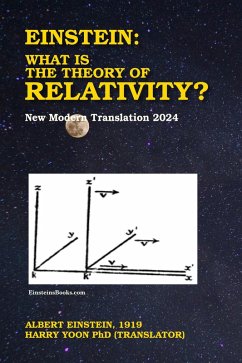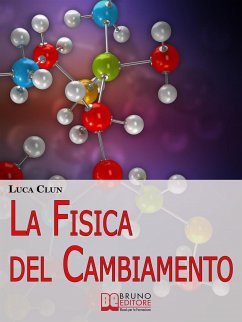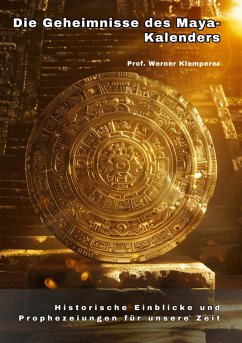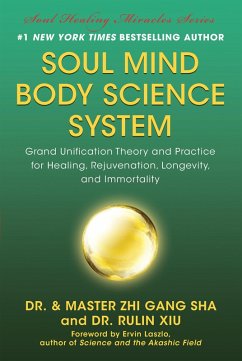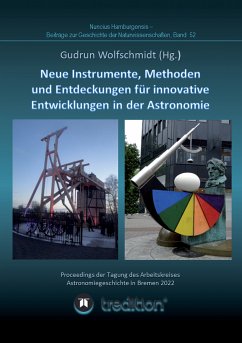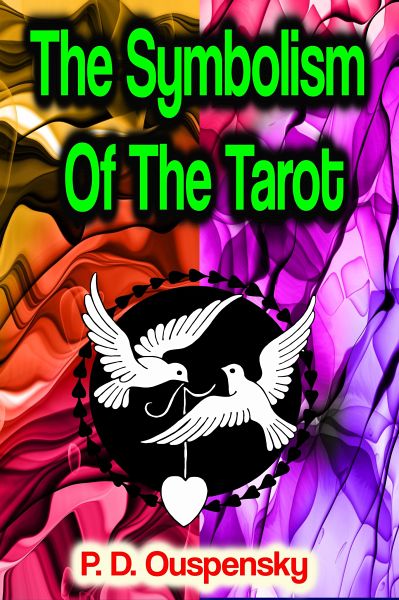
The Symbolism Of The Tarot (eBook, ePUB)
Versandkostenfrei!
Sofort per Download lieferbar
7,49 €
inkl. MwSt.
Weitere Ausgaben:

PAYBACK Punkte
0 °P sammeln!
The Symbolism Of The Tarot - P. D. Ouspensky - Pyotr Demianovich Ouspensky was a noted and controversial Russian mystic and esotericist. This book describes the mystical symbolism of the Major Arcana of the Tarot. These esoteric, or divinatory meanings were derived in great part from the writings of the Hermetic Order of the Golden Dawn group, of which Ouspenskii had been a member. The meanings and many of the illustrations showed the influence of astrology as well as Qabalistic principles.Excerpt: No study of occult philosophy is possible without an acquaintance with symbolism, for if the wor...
The Symbolism Of The Tarot - P. D. Ouspensky - Pyotr Demianovich Ouspensky was a noted and controversial Russian mystic and esotericist. This book describes the mystical symbolism of the Major Arcana of the Tarot. These esoteric, or divinatory meanings were derived in great part from the writings of the Hermetic Order of the Golden Dawn group, of which Ouspenskii had been a member. The meanings and many of the illustrations showed the influence of astrology as well as Qabalistic principles.Excerpt: No study of occult philosophy is possible without an acquaintance with symbolism, for if the words occultism and symbolism are correctly used, they mean almost one and the same thing. Symbolism cannot be learned as one learns to build bridges or speak a foreign language, and for the interpretation of symbols a special cast of mind is necessary; in addition to knowledge, special faculties, the power of creative thought and a developed imagination are required. One who understands the use of symbolism in the arts, knows, in a general way, what is meant by occult symbolism. But even then a special training of the mind is necessary, in order to comprehend the "language of the Initiates", and to express in this language the intuitions as they arise.There are many methods for developing the "sense of symbols" in those who are striving to understand the hidden forces of Nature and Man, and for teaching the fundamental principles as well as the elements of the esoteric language. The most synthetic, and one of the most interesting of these methods, is the Tarot.
Dieser Download kann aus rechtlichen Gründen nur mit Rechnungsadresse in A, B, BG, CY, CZ, D, DK, EW, E, FIN, F, GR, H, IRL, I, LT, L, LR, M, NL, PL, P, R, S, SLO, SK ausgeliefert werden.




